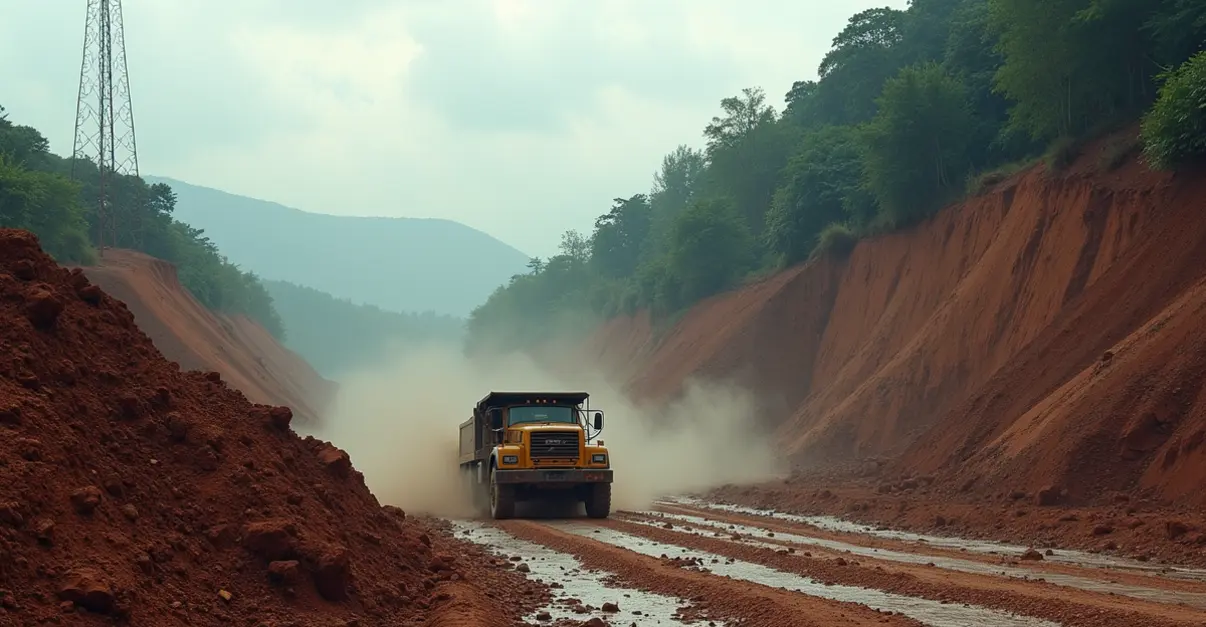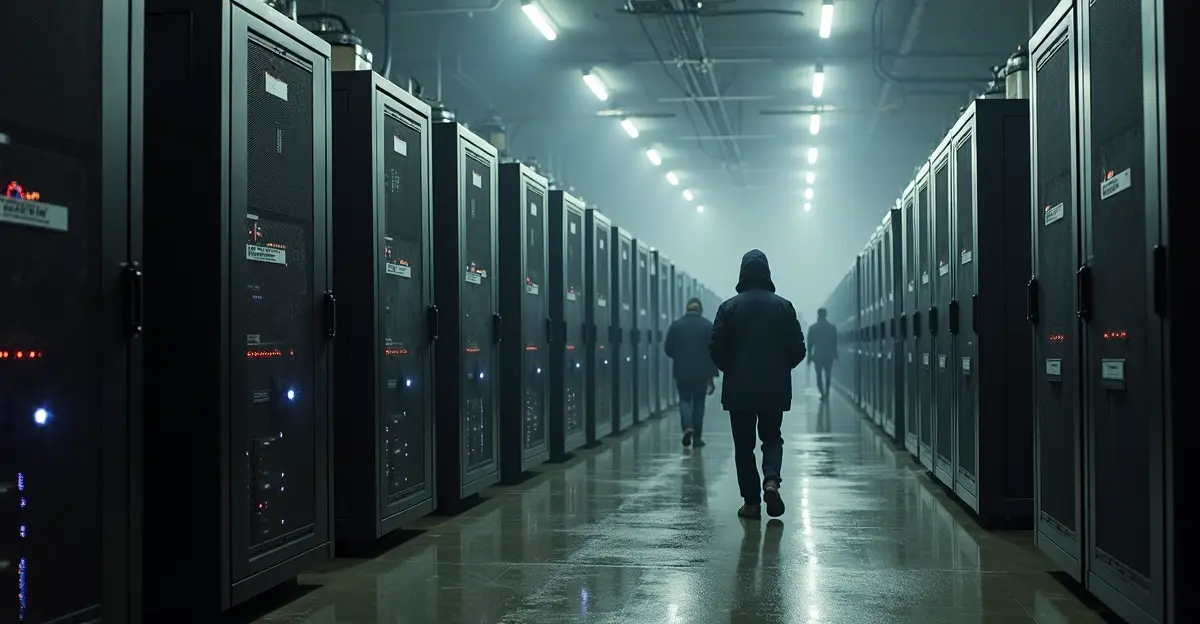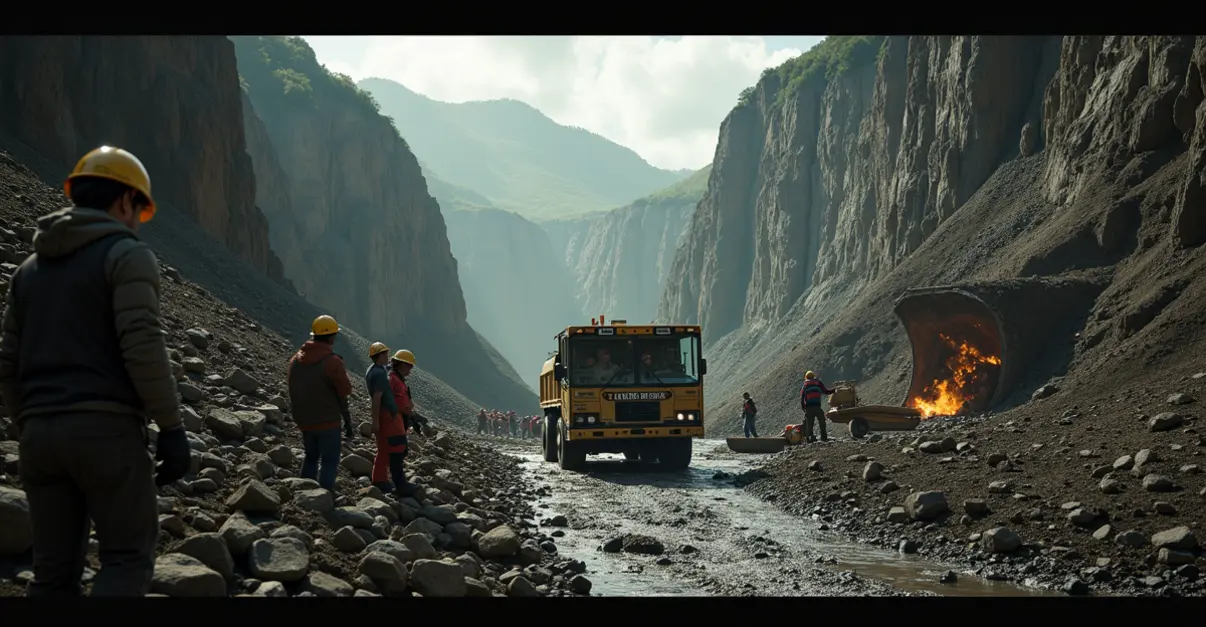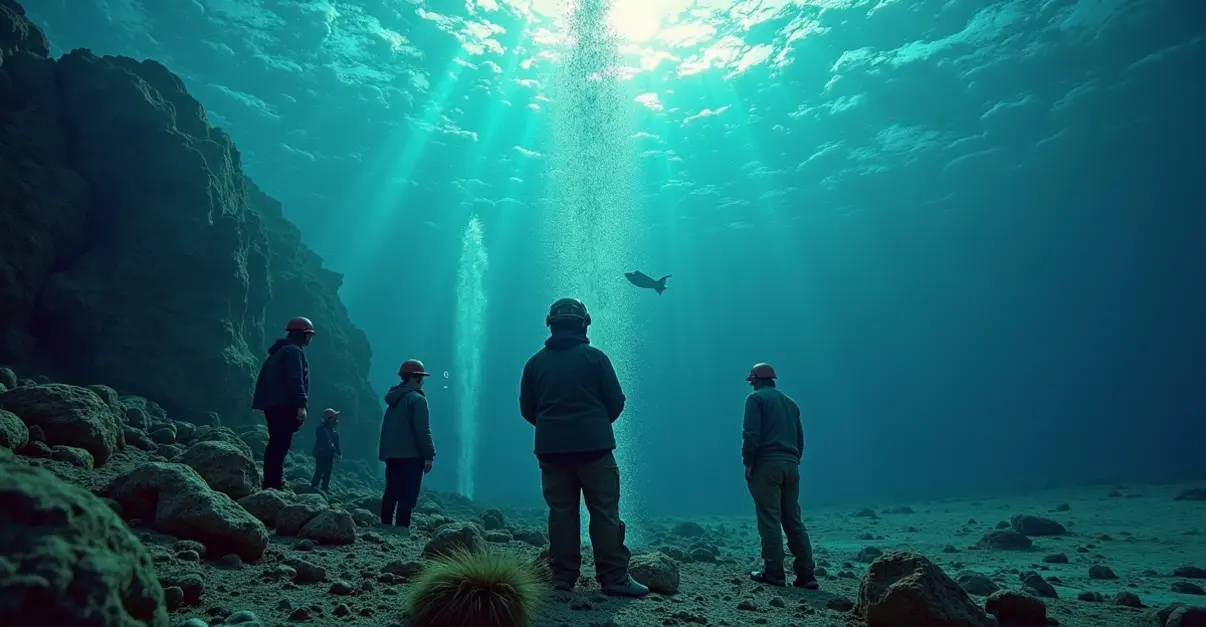At least 101 killed in illegal gold mine landslide in DR Congo triggered by heavy rainfall. Rescue operations continue as many remain trapped. Victims include refugees working in dangerous conditions without safety regulations.

Tragedy Strikes as Landslide Buries Illegal Gold Miners
A devastating landslide at an illegal gold mine in the Democratic Republic of Congo has claimed at least 101 lives, with rescue operations continuing to search for more victims trapped underground. The tragedy occurred last Friday in the mineral-rich southern region of the country and was confirmed today by local police authorities.
Deadly Consequences of Heavy Rainfall
The catastrophic landslide was triggered by heavy rainfall that saturated the ground, making the unstable mining area particularly vulnerable to collapse. 'The rescue teams have recovered 101 bodies so far, but we believe many more people remain buried,' said a local police official who requested anonymity. 'The continuing rain is hampering our efforts, but we won't stop searching.'
Vulnerable Workers in Dangerous Conditions
The mine was operated by artisanal miners, many of whom were internal and external refugees seeking economic opportunity in the region's gold fields. According to the head of a local refugee organization speaking to German news agency DPA, 'Most of the victims were internal refugees working in terrible conditions, hoping to earn enough for a better life.' These miners typically work without proper safety equipment or structural support in mines that lack basic safety regulations.
The Global Context of Artisanal Mining
Artisanal and small-scale mining (ASM) employs over 40 million people worldwide, with more than 150 million depending on it for their livelihoods according to Wikipedia. The Democratic Republic of Congo is particularly significant in this sector, supplying over 70% of global cobalt and generating more than 95% of its export revenues from minerals as documented by Wikipedia.
Ongoing Rescue Challenges
Rescue operations face significant challenges due to the remote location, continuing rainfall, and lack of proper equipment. Similar incidents have occurred recently in the region, including a mine collapse in Lomera, eastern DRC, where rescue efforts were hampered by continuing landslides and lack of equipment as reported by BBC News. Another incident in Rubaya claimed at least 32 lives in a coltan mining quarry collapse according to CTV News.
Systemic Issues in Congo's Mining Sector
The tragedy highlights the dangerous working conditions in Congo's informal mining sector, where safety regulations are often poorly enforced. Artisanal mining operations typically lack proper structural support, ventilation, and emergency protocols. 'These miners work in constant danger,' explained a mining safety expert. 'Without proper regulation and safety measures, tragedies like this will continue to happen.' The DRC's mining industry has long been criticized for hazardous working conditions and frequent accidents.
The international community has expressed concern about the safety of artisanal miners in conflict-affected regions, where mineral extraction often funds armed groups and occurs without proper oversight. This latest disaster underscores the urgent need for improved safety standards and regulation in Congo's mining sector to prevent future tragedies.

 Nederlands
Nederlands
 English
English









